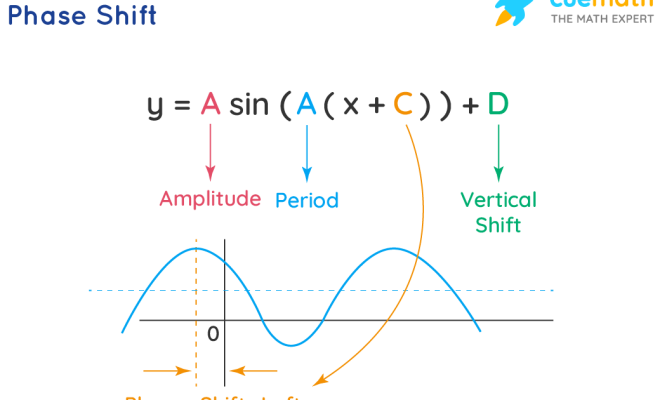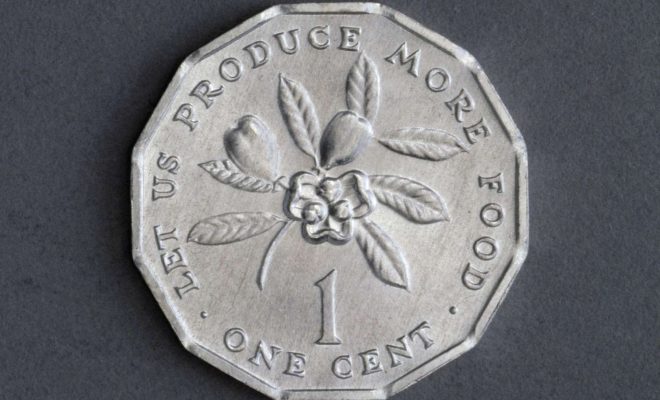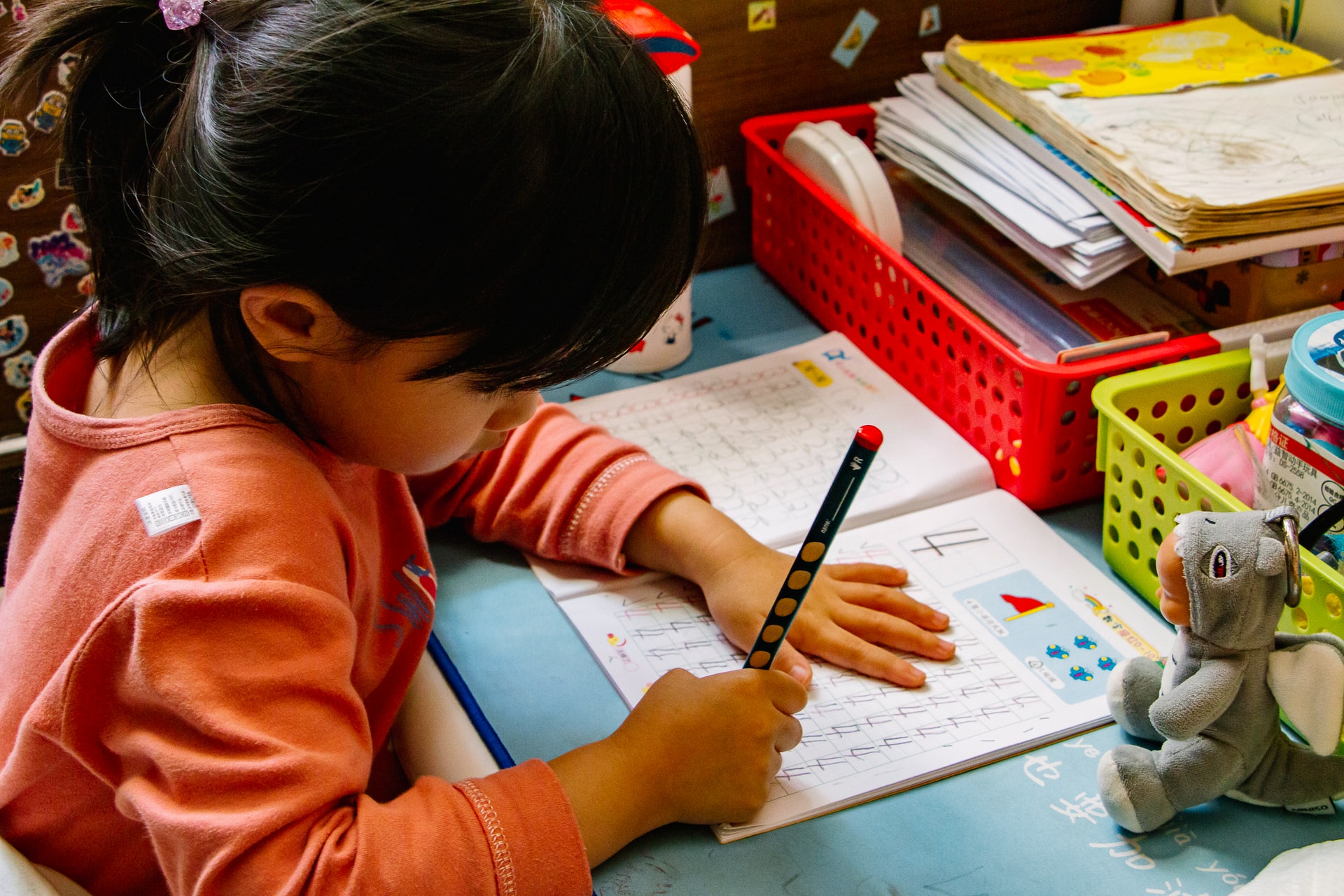Teaching Early Geometry Concepts

Geometry is a branch of mathematics in terms of shape, size, and spatial reasoning. While geometry in the old days used to be taught only at the high school level, these days, kids can develop a solid foundation for the subject by developing early geometry concepts. For instance, younger kids can describe shapes in terms of edges and the number of sides.
Why are early geometry concepts important?
As kids learn geometry concepts such as shapes and the relationship between various shapes, some puzzles of the world become easier for them to solve. When children learn about areas of shapes, location, direction, and the distinction between two-dimensional and three-dimensional objects, kids grow the foundational skills they will use for all mathematical subjects and logical thinking in later years.
Children develop early knowledge of geometry differently based on their age.
As infants, kids learn geometry ideas such as relative size (the parent is significant, the baby is tiny) and understand words that narrate (more, enough). Toddlers learn to know quantities in the form of “how many” by an ostensive method of holding up their fingers to represent age, for example. They can find out measurement and spatial reasoning by filling different containers with different objects and can relate basic shapes (circle with circle, square with square)
Young kids just above the toddler years orderly arrange shapes, compare and contrast things by their size and shape, and can introduce spatial awareness to perform simple puzzles. As kids grow into early elementary school, they can predict what comes next in patterns, form their practices, and understand the difference between a two-dimensional and a three-dimensional object.
Develop these early geometry concepts in your kids
To start building knowledge of early geometry concepts in your kids, you can use “geometry talk.”
Here are some samples:
- To instruct your child about shapes and their relationship, ensure they can point out all the circles around them. Tell them about what makes a circle a process.
- Develop her visual memory of shapes by drawing a triangle, display it to her for about two seconds to three seconds, then ask her to describe it from her memory afterward.
- Show your child a picture of a city. Ask her to locate all the rectangles.
- Encourage your child to form a square using four pipe cleaners.
- Move up and down steps in your room, then ask your child to determine which steps were “up” and “down.”
- Ask your child which muffins she desires: the bigger or the smaller ones?
- By making your child participate in “geometry talk,” you build his foundation for mathematical thinking for the future. You are also assisting them in developing a passion for learning by becoming happy with geometry in the everyday world that passes around them.




